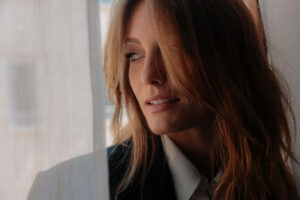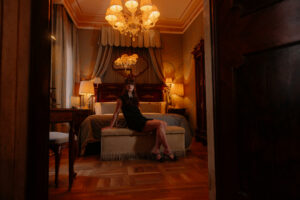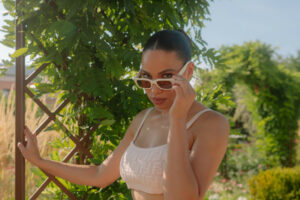We saw “The Favourite” at the Venice Film Festival and from that moment we fell in love with everything about it: interpretations, costumes, screenplay, direction and that imperfect, beautiful and exaggerated makeup which communicated all those little details and characteristics that fully complete every character without us realizing it if not after while thinking about it.
After interviewing Deborah Davis, co-screenwriter of “The Favourite,” we had the chance to meet in London the fabulous mind behind the creation of those wigs, that smudged makeup, that too much powder and those moles, all with a specific meaning: Nadia Stacey. We talked about the beauty of working with the marvelously crazy director Yorgos Lanthimos, the trust that he gave to his collaborators so that they could be free to give that extra crazy touch and how the creative process for all those spectacular makeup looks and those voluminous wigs (no hairspray allowed) came to life.
From “The Favourite” to “Tolkien” (which will be released in May), Nadia told us how she approached makeup the first time, how she lives it in her everyday life and that she is impatiently waiting (like us) for Yorgos to finish his next screenplay.
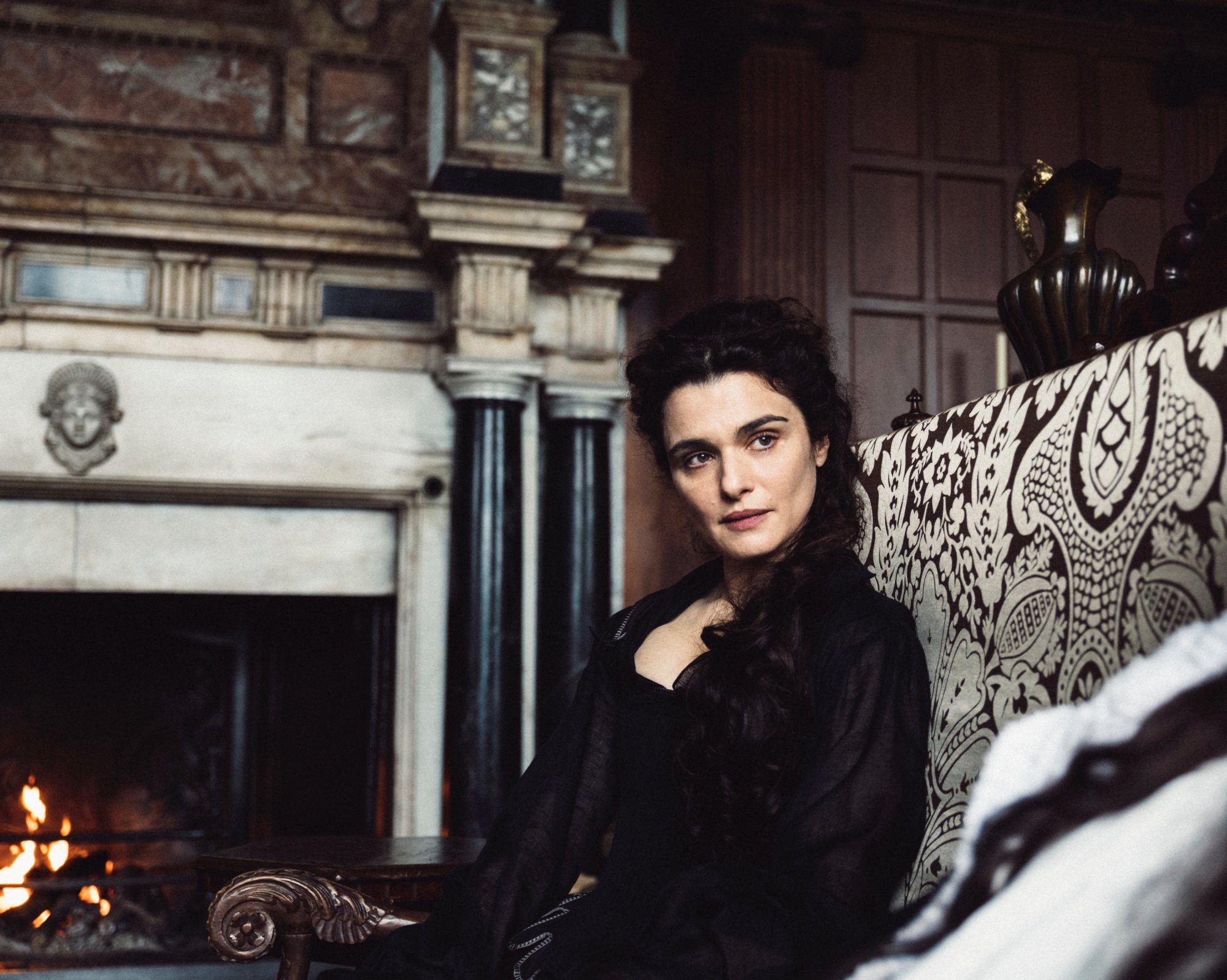
First of all, congrats on the Awards for Best Makeup at the BIFA, we are sure that there are many more coming! How did you feel when you discovered about the nomination? And how do you feel now, after the win?
_____
I was quite shocked because I had a meeting that morning, so I had my phone off and when I turned my phone back on later on there were suddenly all these messages, and I was like “what? What is it?” It was happening! And of course I was delighted, but also just delighted that so many of us got nominations as well: it was great as a group because it was such a team effort, so to have everybody and equally, for so many of us, to win as well, it was beautiful. And particularly for craft: from myself, costumes, production design, it took such a collaborative team to make that work, so what you see are three departments coming together, so for all of us to win… it feels like we all got an award together.
They gave this box to me this morning and I was like, “oh, what’s in that box? Oh, yes, I won!” I’m moving to a new house, so I’m not getting it out yet because I need to wait and put it somewhere special. I don’t think it sounds cool, but it was really exciting and it was brilliant. And it’s for something that I’ve worked so hard on, so I feel like I deserve it, which is even better!
Why makeup as a career choice? More specifically, why become a cinema makeup artist?
_____
I really fell into it. I always did arts based jobs, and I didn’t know what I wanted to do. I was always a big film fan, but I just didn’t know. Then I met a lady that was a makeup artist years ago and she said there are all these courses you could go to and, even though I didn’t really know anything about makeup, I applied to them and went there. Suddenly, I was like, “Oh, yes, this is it. This is all my creative things and all my love all in one bow.”
And then I started in the theatre, to learn how to do wigs, and then I got an opportunity to go on a film: it was this huge period film set, and I just thought, “this is where I ought to be.” All kind of fell into place, and that’s right when I felt the need to channel cinema. There’s nothing better than seeing your work on the big screen, it’s incredible.
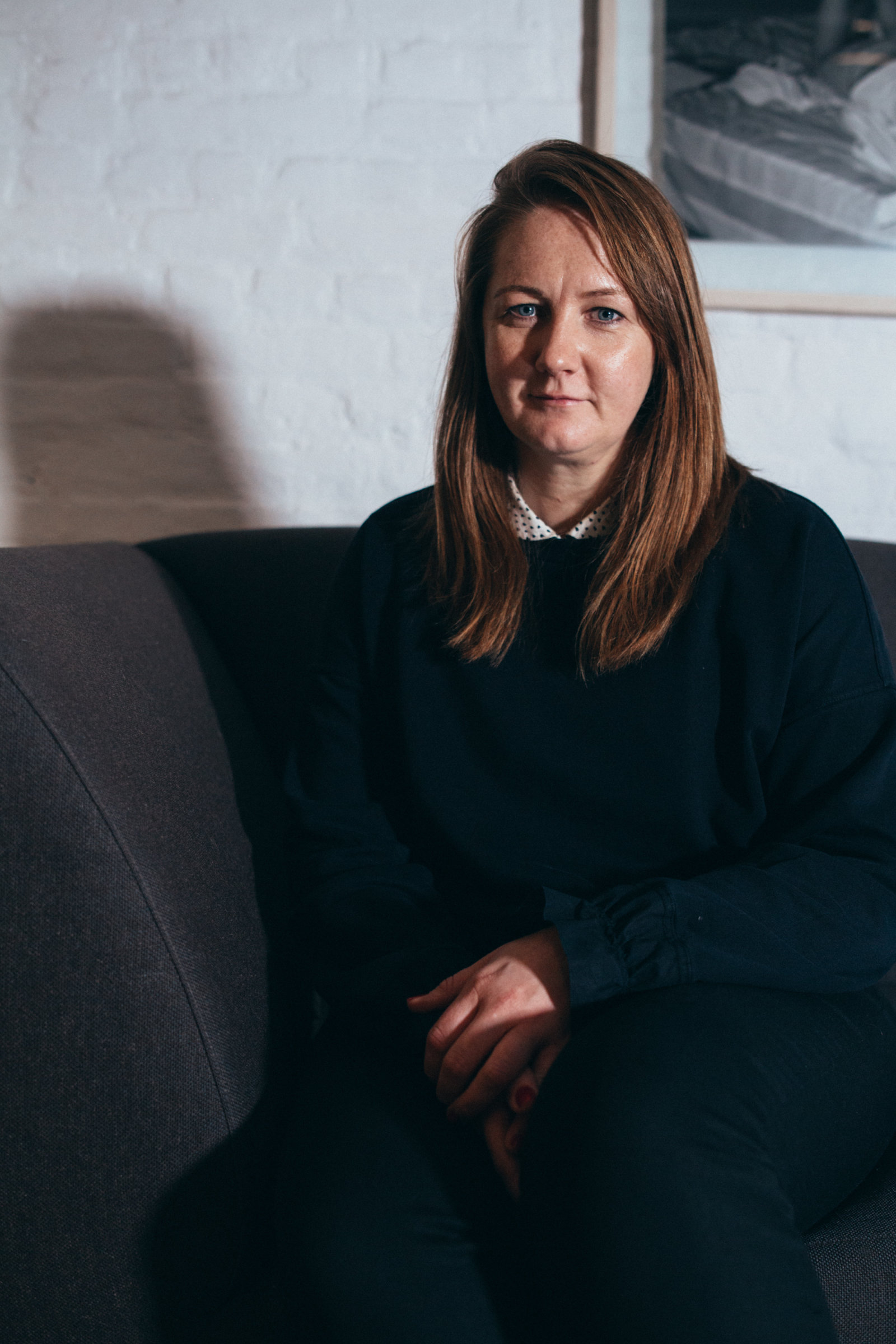
“There’s nothing better than seeing your work on the big screen, it’s incredible.”
“The Favourite” plays on the contrasts of the three protagonists: how did you work on that aspect? Did you go over the looks also with Emma [Stone], Olivia [Colman], and Rachel [Weisz]?
_____
Yes, absolutely: they were all very involved in their looks.
For each one of them I broke down their characters from the script and I felt like the beauty of the script is that these three lead women all have as stronger story than the other one: they all have quite a journey. So, whether it’s Olivia declining health for Queen Anne, whether it’s Emma’s rise into power in the Court and Rachel’s decline from that – at the end we see her and she’s back at her normal house, she had to leave the palace – each one has a journey, and I felt like I could tell that through hair and makeup. I tracked the character’s arch for them all, and then wiped it out as we went along but, adding to that, Yorgos doesn’t want it to be normal, or standard, he wants a twist on that. But they were definitely all very much involved.
How did you research on the particular Period, especially regarding the looks of Olivia and even the male characters?
_____
I did lots and lots of research for all that time period, and probably for about ten years before because Fashion take a while to come into place: France would have been the place where all the Fashion was, while it was slowly trickling into England. So, I went back in time as well. If you want to break the rules, you have to know what they are to break them, so I researched that a lot.
Mainly it was through paintings: it was pre-photography, there were a lot of paintings and we visited the National Portrait Galleries, and Yorgos was particularly interested in trying to capture the look of how an oil painting is: the flow in the hair, brushstrokes, he really liked that, and he tried to incorporate that into it.
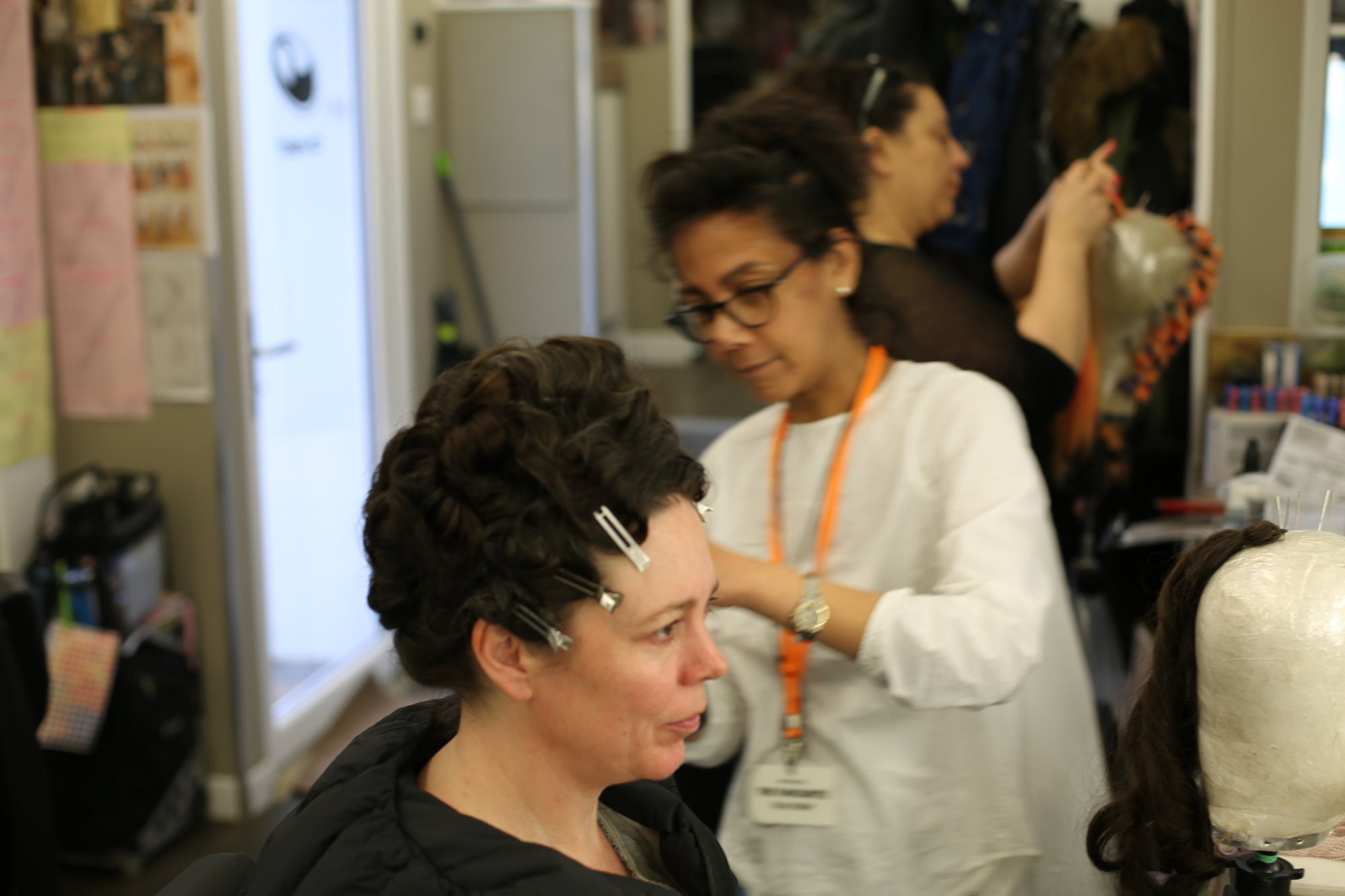
“If you want to break the rules, you have to know what they are to break them, so I researched that a lot. ”
In “The Favourite” a really interesting makeup was the one of Queen Anne for the official occasions with a lot of rouge and fake moles. Did that represent a particular challenge? And how did you create it?
_____
Yes, because at that time period women looked much plainer and stripped back, and men were the ones wearing painted faces, but for the ball and the dance scenes we wanted women to have painted faces as well. But, because it was on Queen Anne, there’s something quite naïve and childlike about her, about her character: it’s like she gets it wrong. She sees these beautiful women in the court, with their faces all painted, but she doesn’t quite know how to do it. That’s how the badger makeup came around, but there was a challenge there in making sure that you don’t go too far and make it look silly. It still has to be of that time, and you recognize that it’s of that time, but giving it that “Queen Anne twist.”
One of the most compelling scenes is when Queen Anne is about to have a diplomatic meeting, and Sarah Churchill (Rachel Weisz) mocks her makeup saying that she looks ridiculous. How that particular look came to life? And were there any indications from the Director?
_____
In the script, it’s said, “You look like a badger.” So we knew that she was going to have this kind of black marking on her, somewhere, but we didn’t know what to do for so long, it was something I kept going back to. I didn’t know how I was going to portray that. Then I saw what Sandy Powell, the costume designer, was doing for the ballroom looks, there was a lot of black and white, there was a lot of stripes in costumes, and so I decided to do that band of black across the eyes, and I thought that would’ve gone well with a painted face. The queen had seen that, so she copies it, but she also gets it quite wrong, so there’s something quite strange in it. And we actually did it; we got to film this so that it was kind of garish and sort of crudely done. It’s not blended and beautiful, it’s just like she got the rouge herself.
That’s how it came by.
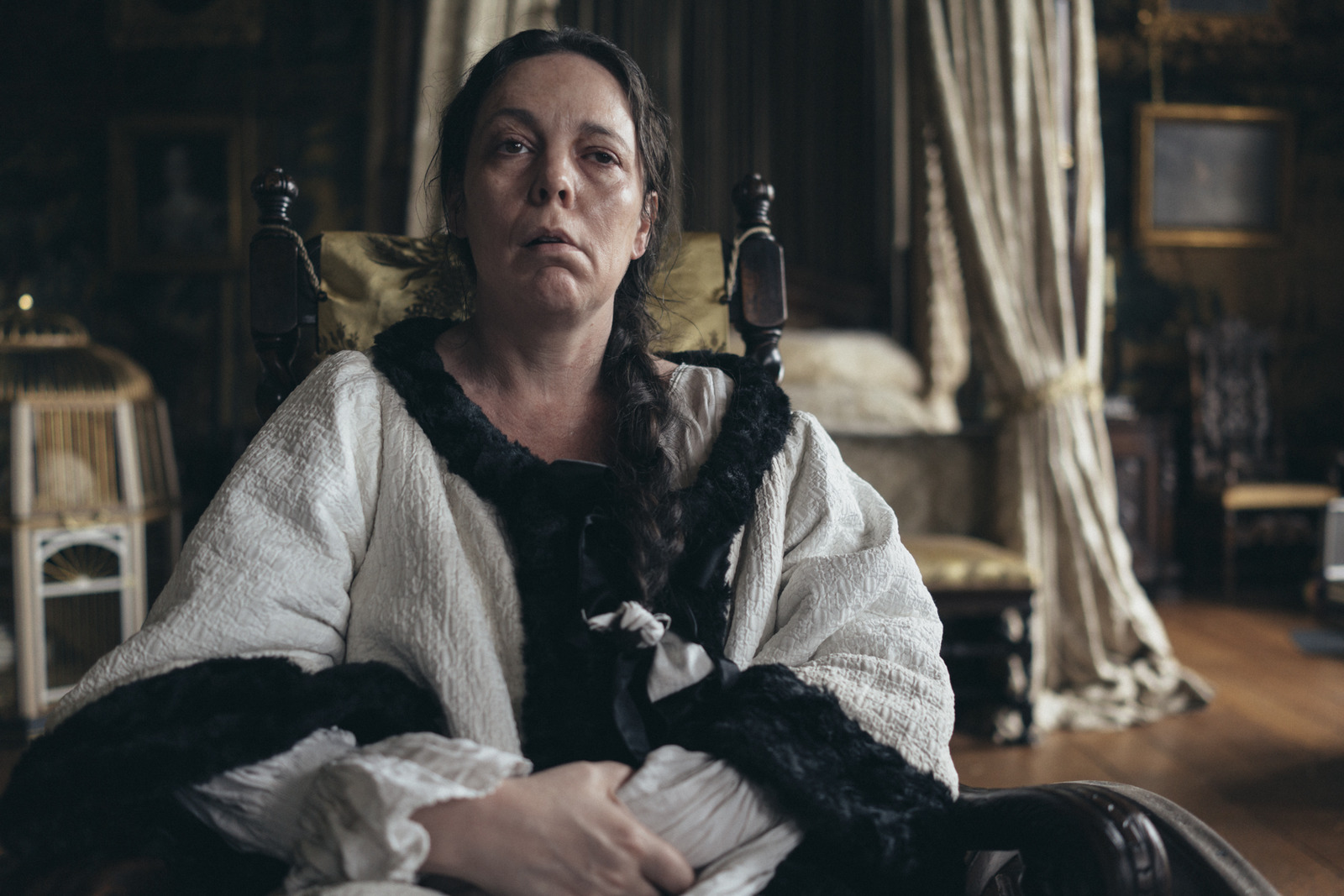
“She sees these beautiful women in the court, with their faces all painted, but she doesn’t quite know how to do it.”

The male characters in this movie are amazing because they really represent the exaggerated fashion of the time with the makeup, the white powder, and the wigs: what can you tell us about that in particular?
_____
It was so exciting because you never get to do that for men, in particular with period dramas. You know, they are the ones with no makeup. So for the roles to reverse, and for us to work with them, it was good. Men spent more time in the makeup trailer than women, and that never happens, so we were so excited to dress up these men.
There was something quite ridiculous about them, we loved that, and we really wanted to push that. So we started with what would’ve been the makeup, these white faces and the darker eyes and the rouge, but then we thought about the time, that was really kind of dirty, and the makeup wouldn’t have been done well, so we added sweat into it, and we broke up the white, showing the skin look bad underneath. It was so much fun playing with that and the wigs, we went crazy with those, and Yorgos was fantastic because nothing was too much, he would always say, “Yes, more.”
And, sometimes, if I did Nick’s makeup really beautifully, he’d say, “no, let’s mess it up.” It was really good fun to play with the men and not the women for once, that was good.
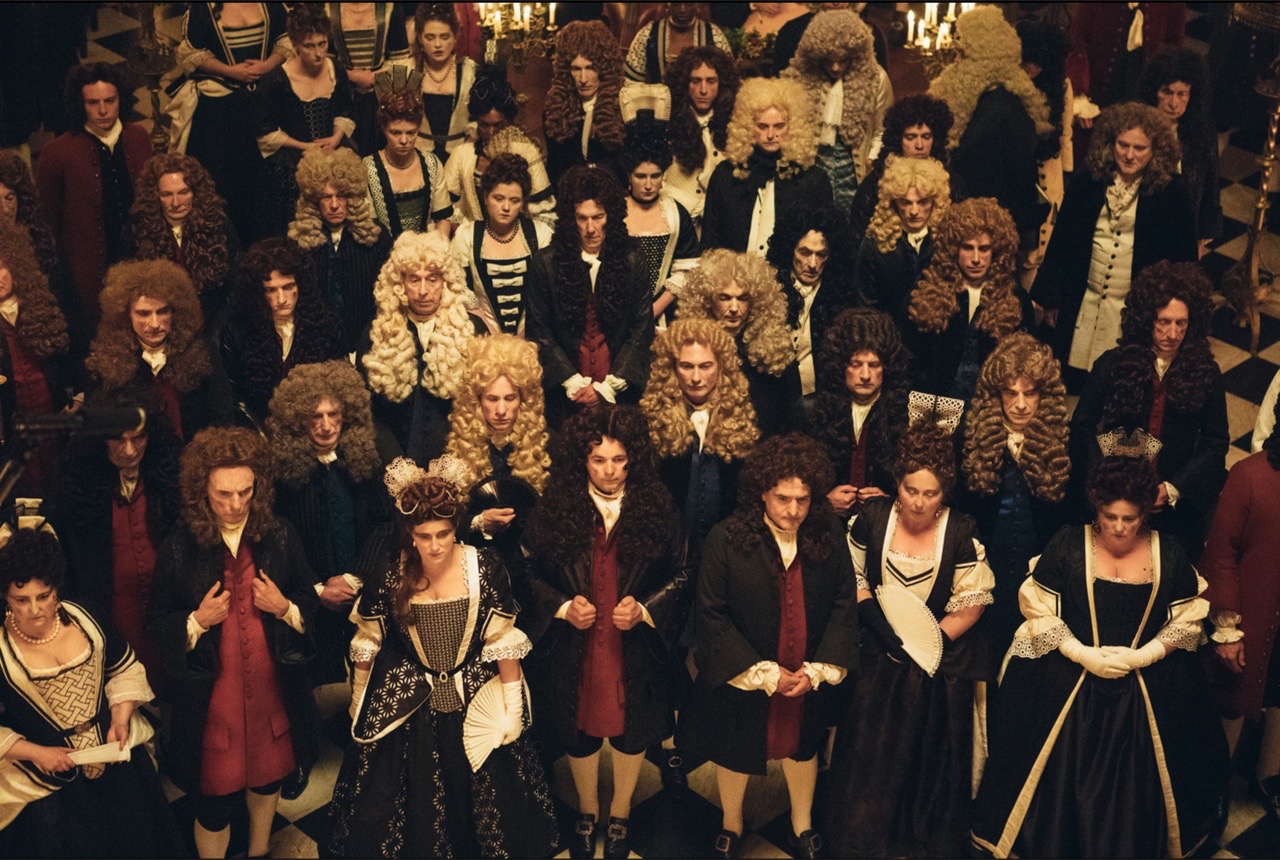
“It was so much fun playing with that and the wigs, we went crazy with those, and Yorgos was fantastic because nothing was too much, he would always say, ‘Yes, more’.”
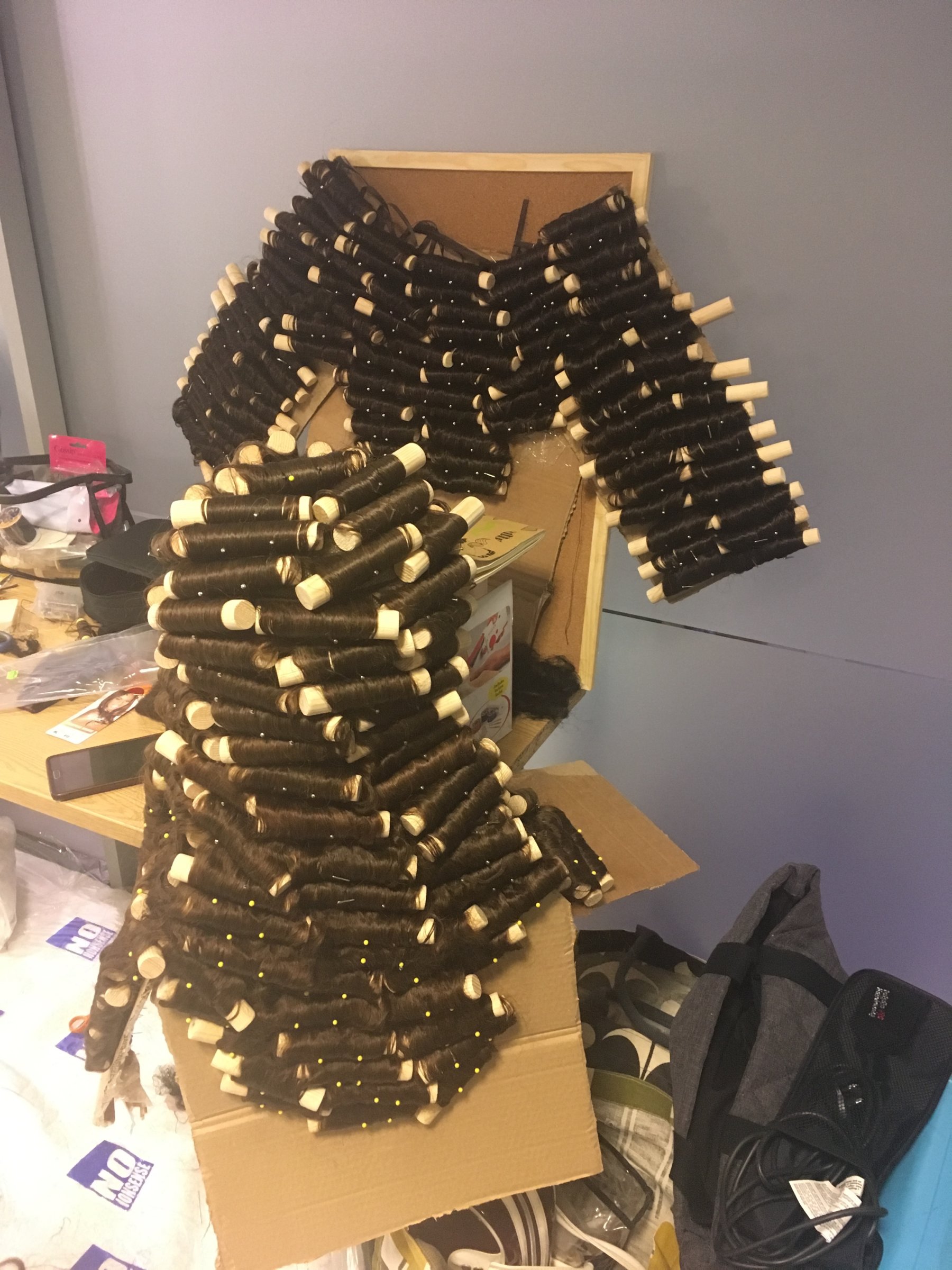
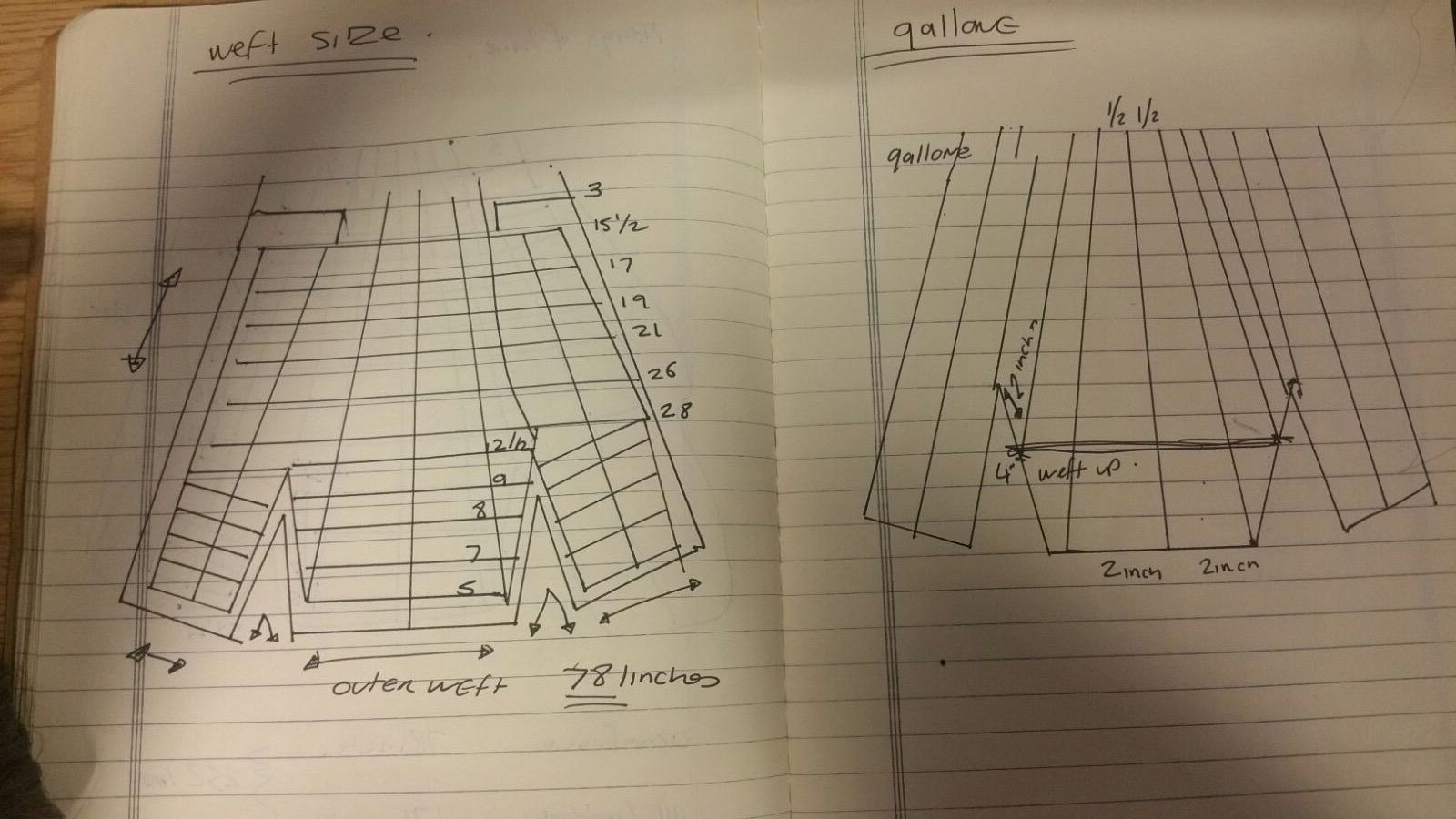
And maybe your experience in theatre also helped with this aspect?
_____
Absolutely I think. It’s like going back to basics, in some ways. You have to scrap everything you know and sort of go back right to the beginning on how you would do it, it’s almost childlike, because they would have been painting their own faces, they wouldn’t have had a makeup artist doing their face beautiful, so it was about thinking about them as characters. They’d wake up in the morning with dirty wigs probably on the floor, put them back on, paint their faces. So, yeah, everything was always character-based, on who they are as characters. That was always the driving force.
What was the biggest challenge about “The Favourite”?
_____
The biggest challenge was that, when you’re doing a Yorgos film, you know that it’s not going to be normal and the biggest challenge was not making this period film look perfect. He banned hairspray from the set: he wanted it to look fuzzy and with hair off-place, and then to put your own unique slant on something. The challenge is really difficult because you don’t want it to look like you’ve got the period wrong. You need people to know that there are a queen and her court, but then again this is a Yorgos Lanthimos’s film, so there’s something different on top of that, the makeup had to reflect that.
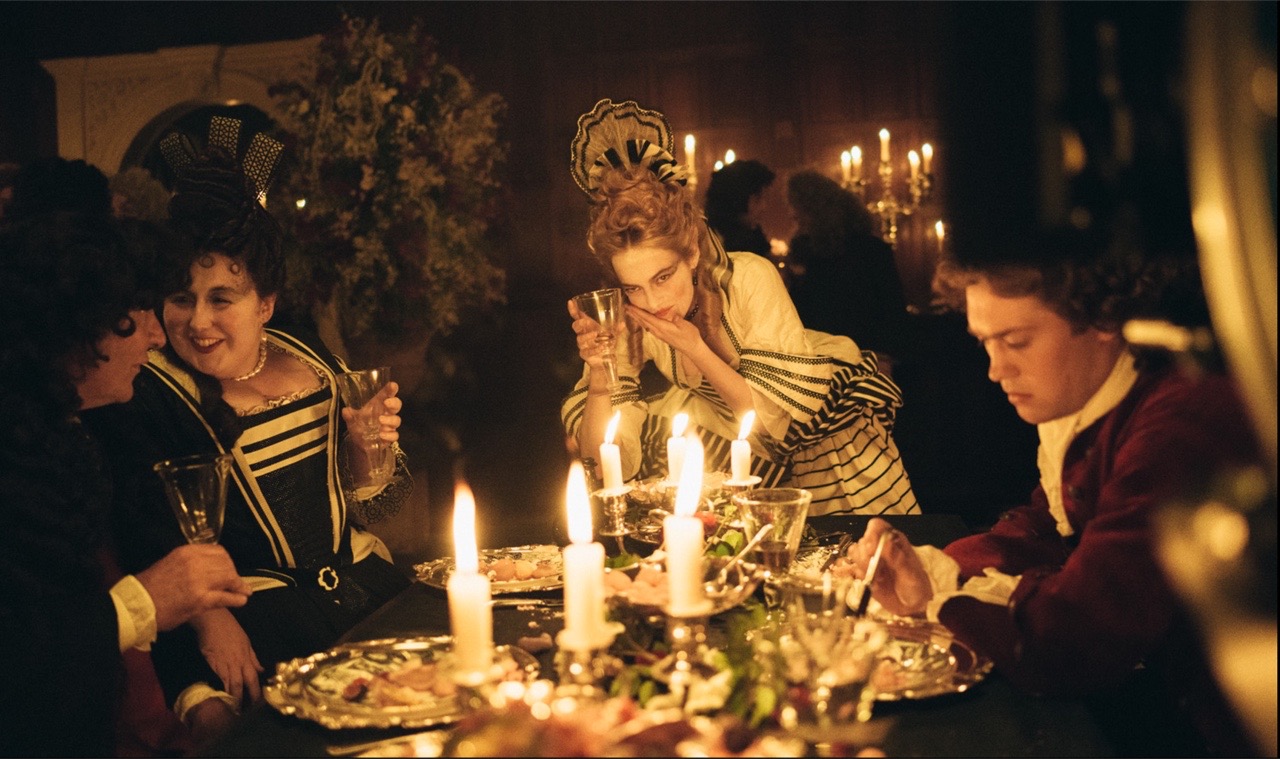
“The biggest challenge was not making this period film look perfect.”
The script is so incredible and these three lead characters, regardless they’re women or not, are three amazing lead characters and I wanted the makeup never to be a barrier or an obstacle, you really shouldn’t be noticing that. It should just be part of the world. So, I think that was the challenge. And also, Yorgos just let you run free, which now I know it’s the biggest compliment. He says, “just go do your thing and bring it to me.” But at the time I was thinking, “what do you want? I don’t know what that is.” It was definitely a challenge in the beginning.
What was the most rewarding thing at the end of the day?
_____
Just the whole look of the film. When I very first saw the film, I came out from the screening and said to my agent, “if I never do anything again, I did that” and I was so blown away by it. On set, it looks like you’re really in a high budget film, but it wasn’t: we all had restrictions financially, a custom budget is not what you think it is, you were always working so much and so fast that you didn’t really see what you were doing on a day-to-day basis. But there was a moment on set when Yorgos opened the doors, and the background artists were still there with their wigs, ready for the ballroom scene with their painted faces, and I just thought, “Oh my gosh, he did it. We did it.”
That was incredible.
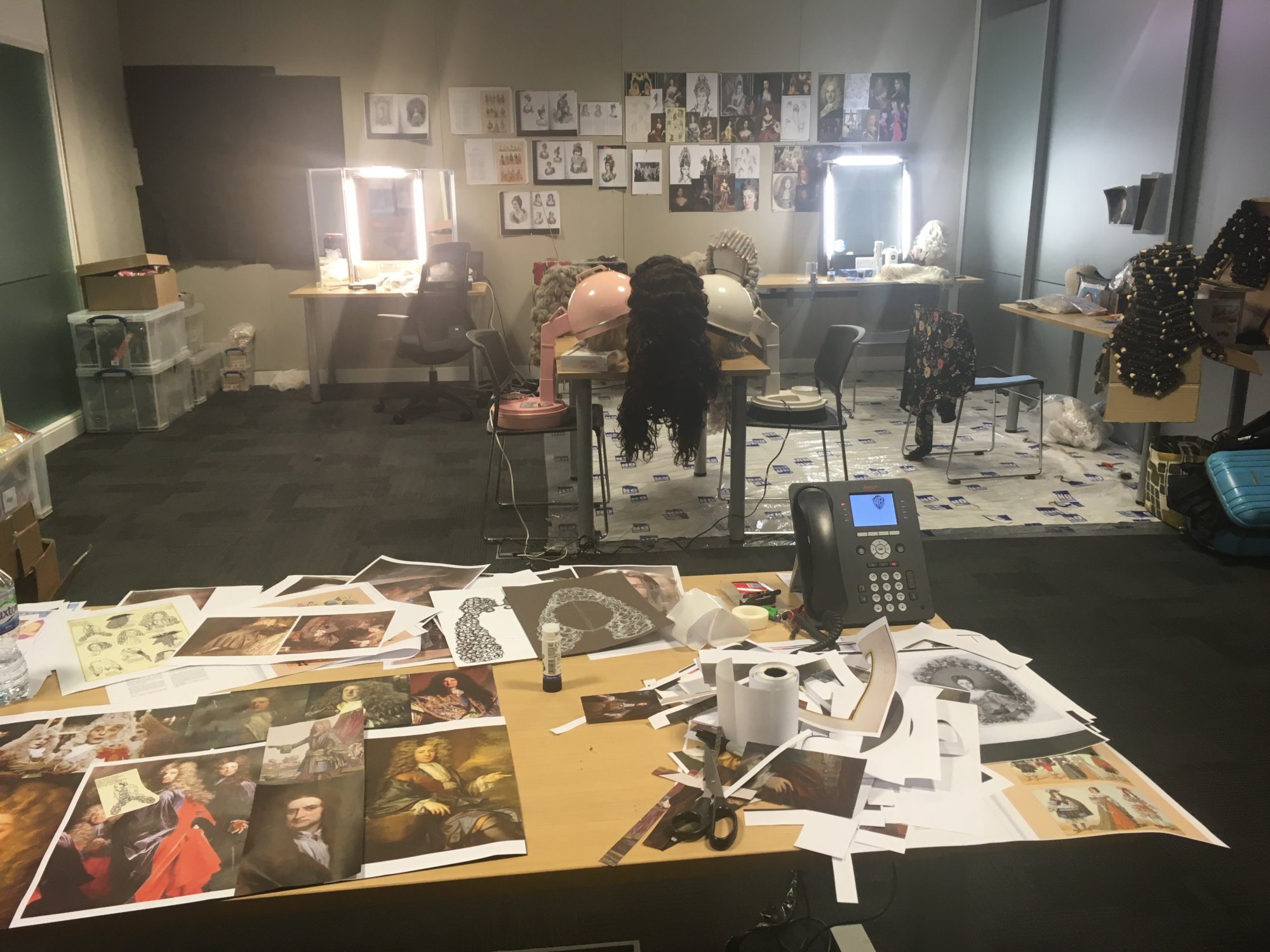
“Yorgos just let you run free, which now I know it’s the biggest compliment. He says, ‘just go do your thing and bring it to me’.”
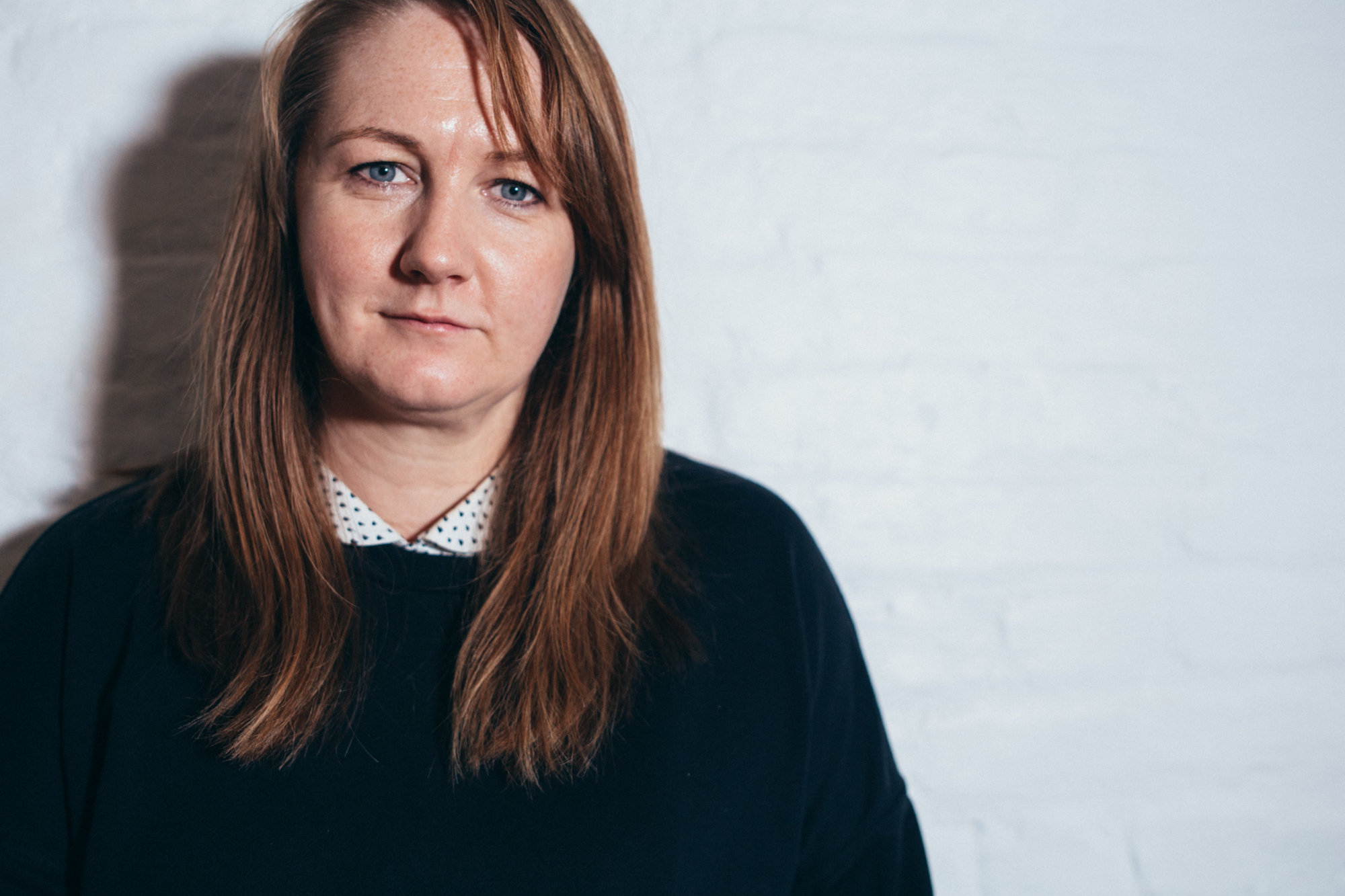
What is the best thing for you about working in cinema and makeup design?
_____
Getting to combine the storytelling aspect with being creative, being able to create something you can actually look at visually. And having the kind of freedom to create the character, with an actor or a director. Sometimes, you can come up with the smallest detail, and they use it, they become part of who they are, and I love that. Sometimes is not anything that anyone would notice on the screen, but it happens and it’s great.
With Nick [Nicholas Hoult] for “The Favourite,” it was about those beauty patches: they all mean something. It was like an old time way of flirting, I guess, they all have meanings. So we would sit down and look at what his scene was and then we would choose where to place them depending on the scene.
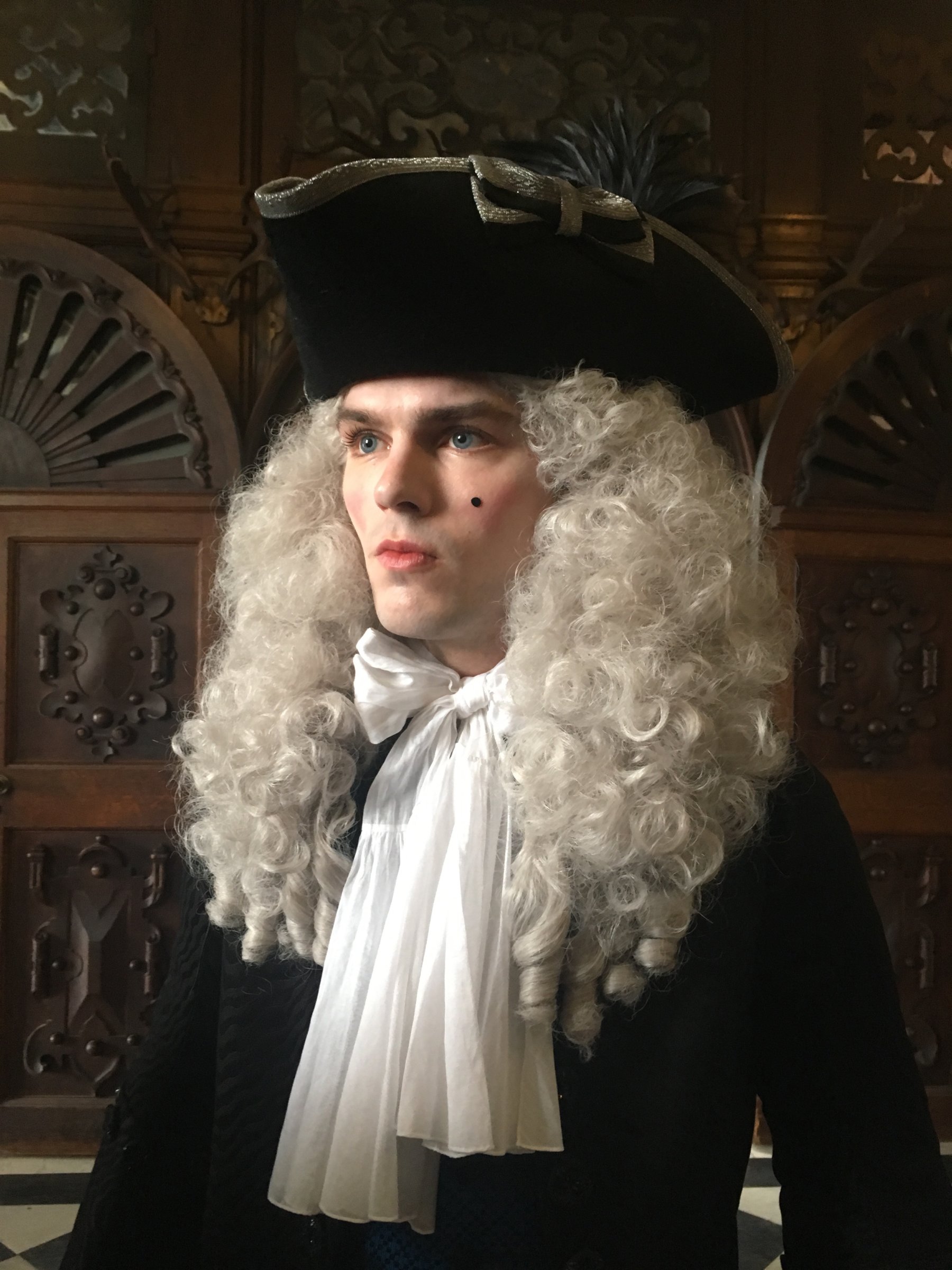
What’s the meaning?
_____
If it’s on the cheek, it means you’re feeling courageous, bold; if it’s near the lips, it means you’ve kissed but got no further, there’s one that means married…there are lots. Nick and I would sit down and figure it out. So, when he goes to court to see the Queen, he has his beauty patch on the cheek. You wouldn’t know if you aren’t told, but Nick really got into that.
He is amazing in the film.
_____
He’s so good. He had no idea he was going to be dressed like that either, absolutely no idea. He didn’t even know that he was going to wear a wig. Then I was like, “This is the look” and he was, “Are you kidding? Really?” And he had to put heels on and he couldn’t walk in them, and the first time he put them on he was like, “what is this?” in front of us.
You worked on many amazing period dramas, from “The Favourite” to “Breathless” and the upcoming “Tolkien,” to being in the team for “Downtown Abbey” and “The Sense of an Ending:” is there a particular historical period you’d like to represent through makeup and hair now?
_____
I feel like I’ve been very spoiled by these periods. So now, it’s like, “what, now?” I mean, I really love doing period, and I think I would like to do something just slightly later than “The Favourite.” Maybe around the Marie Antoinette era, when women started to wear the big wigs and they had like ship structures in their hair. I’d like to do something like that.
What can you unveil about your work on the biopic “Tolkien?”
_____
It goes through many different periods, and it follows Tolkien from being a boy to the early 1900s. And then a lot of it is based in the War, so we have lots of injuries and soldiers and that kind of thing. It goes through the ‘30s, so we had to change the characters all the way through. That was a big challenge, but it was also interesting to have different looks, different periods.
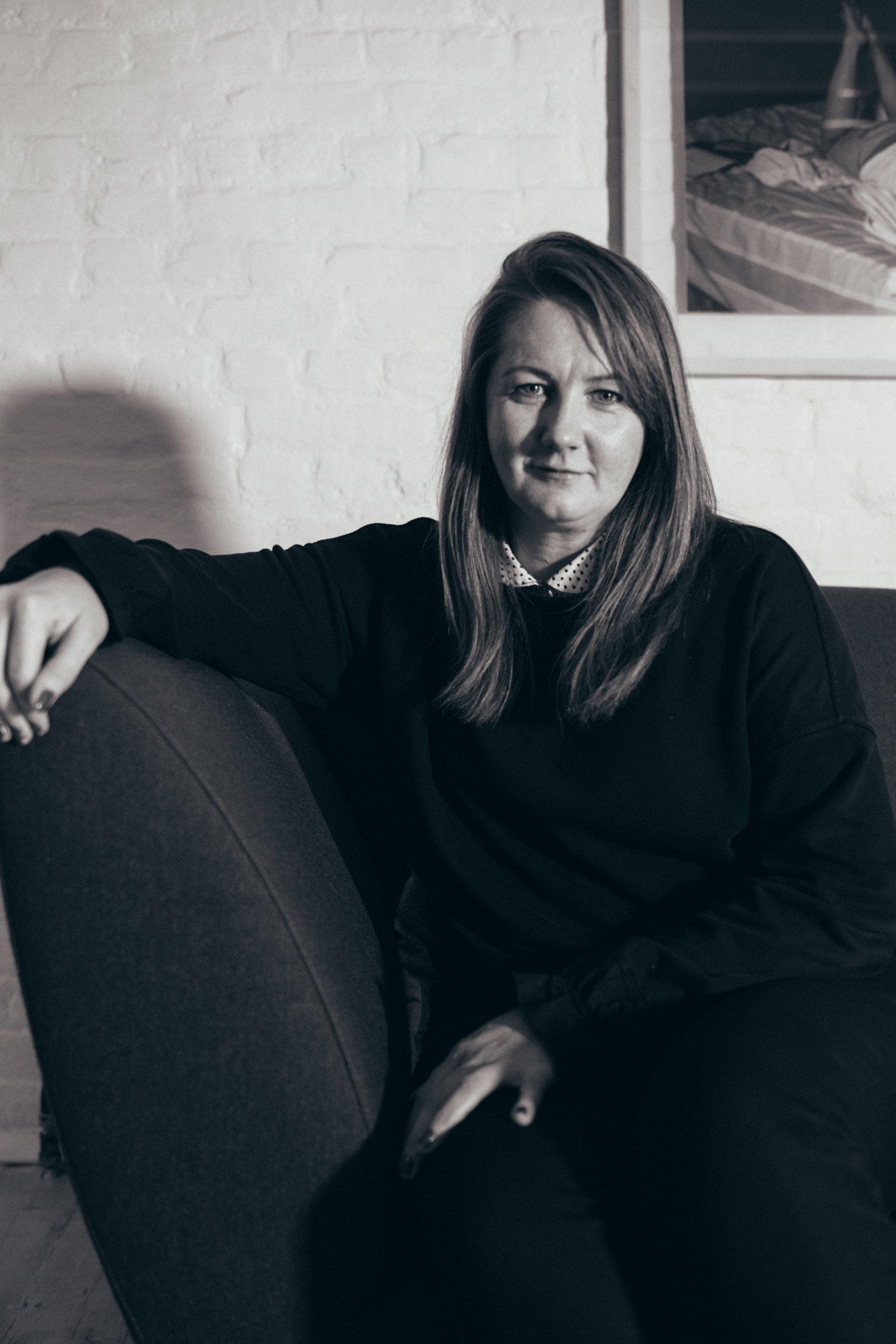
Is there a director you dream to work with?
_____
Guillermo Del Toro. I would absolutely love to work with him, I think his films are amazing, and “The Shape of Water” was my favorite film last year, I absolutely loved it. I’d like to work with people that think outside of the box and that are quite brave. And there is a French director as well, Jacques Audiard, I really like his work. But I’ve been so lucky to work with such interesting people.
How do you live makeup in your everyday life?
_____
Not very much. [laughs] I hardly wear any makeup, sometimes people ask, “what do you do?” and I say, “Makeup artist” and they are very surprised, like, “Oh, really?” Because I never wear makeup. I use it so much at work that it’s just the last thing you want to do on yourself.
You don’t want to. And also I think that if I was doing fashion or red carpets or stuff like that it may be different, but I really love working in Cinema so for me it’s really more about telling a script and telling the story. Therefore, I don’t tend to do the sorts of scripts that include lots of perfect looking people, because I think that is quite boring for me.
What’s the last movie you watched and loved?
_____
Oh gosh! “The Shape of Water” absolutely blew me away, I thought it was incredible. I went to see “First Man” recently, and that was really good. I totally believed I was in that world, hair and makeup and costumes and production design is incredible.
We interviewed Donald Mowat, who was hair and makeup designer for it.
_____
Oh, yes, his work is great! And I saw it at the I-MAX cinema, so it was like huge. I felt like I was in the craft, which is pretty cool. His work is really believable, and I had never even thought about the period element during the film, that’s when you know it’s good. I hadn’t realized that before. So yes, that was good.
And what’s your favorite movie for makeup and hair?
_____
I love the original “Blade Runner,” I love Daryl Hannah’s makeup in there. I’ve never said this, but that was actually something I thought about when we were doing the black bands for the makeup in “The Favourite.” I really love it; it’s such an iconic look. And I thought if I could try to incorporate that somehow into 18th century England, why not? I think that is a great one; it is done so well.

“I’d like to work with people that think outside of the box and that are quite brave.”
If you could do the makeup and hair design for a biopic about any historical figure, both from the past or the present, who would you choose?
_____
Easy: David Bowie. I would love to, and I think it’d be really tough to do it, though, because you have to get it right. I don’t know who would play him, but that would be incredible. Especially to track his life, what he went through, that would be cool. I’m a big music fan, so probably it’s one from music.
What’s next for you?
_____
You know, I’m on my current job, I’m doing Alex Garland’s first TV Show, and we just came back from the shooting in San Francisco, it’s about a technology company in San Francisco, and I am on that until February. I want to do something period again, afterward, but it’s tough now because, after “The Favourite,” what do you do?
I’ve been reading some scripts, and I keep waiting. I keep asking Yorgos what he’s doing, and he’s like, “ok, I’m writing” and I urge him to hurry up. [laughs] Honestly, I love him. When I first got to work with him, I thought, “I don’t get it, I don’t know what I’m doing, I don’t know what he wants” because he doesn’t give you anything. He just kind of says, “oh, yes, that’s ok,” and you never know what that means.
I had about ten wigs in front of him, all different colors and styles, and I said “what do you think,” and he was, “Hm, maybe yes, maybe they could be a little bit more…” I didn’t know what that meant! I was pulling my hair out and thinking, “help me!”
But when you do it and you get it right, he comes round with his camera and says, “ok, let’s shoot,” and you know you got it then. Yes, I think he’s an absolute genius, and I don’t say that lightly.
“I keep asking Yorgos what he’s doing, and he’s like, “ok, I’m writing” and I urge him to hurry up. Honestly, I love him.”
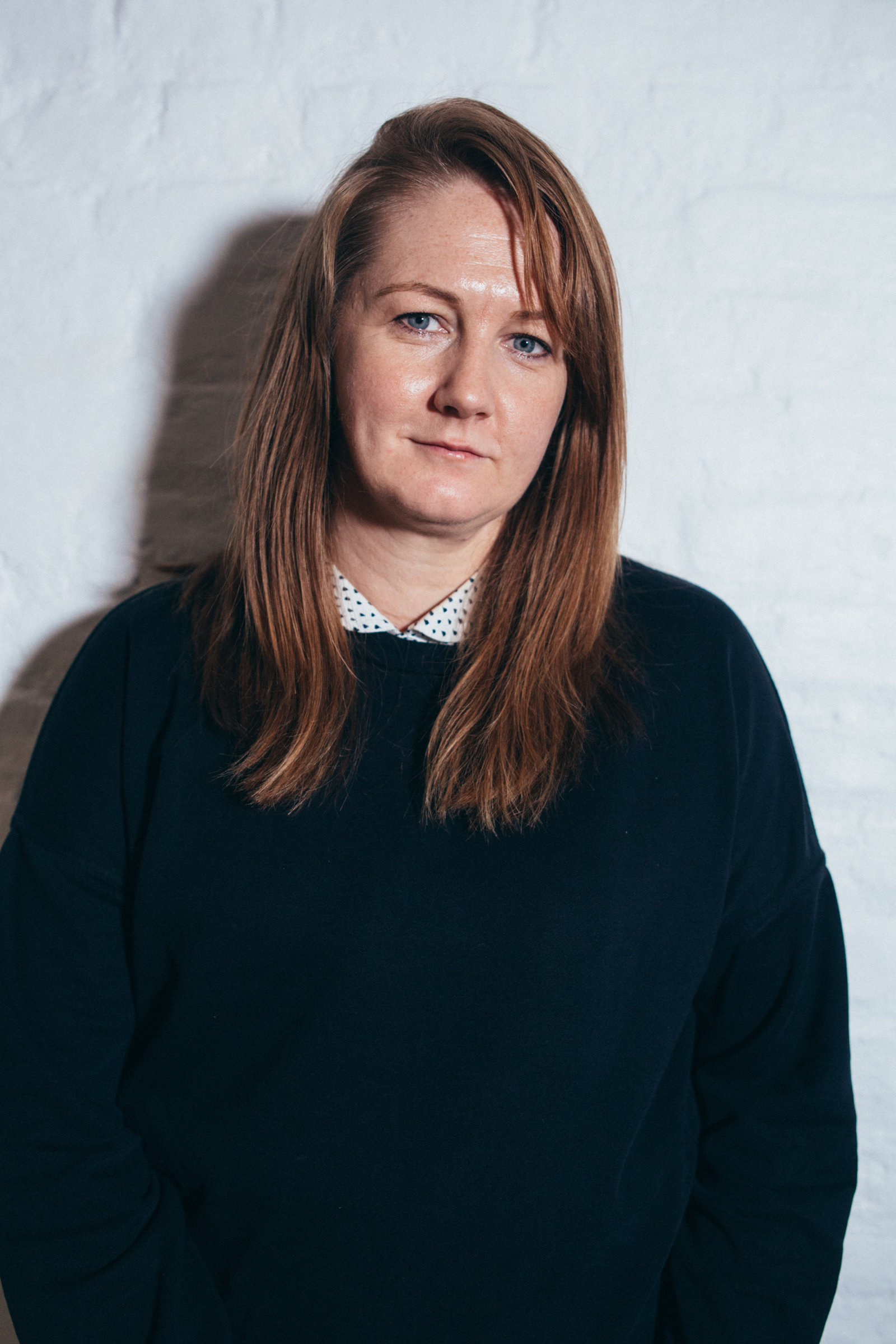
All his movies are fascinating. Absolutely crazy and true.
_____
Oh, yes, I mean the rehearsal period was crazy. Emma had just won the Oscars and, when she flew over, Yorgos had everyone in a room and said, “ok, pretend that there’s a false field all around this room. Now do your lines.” It was like: pretend you’re a chicken. Pretend you’re…They did three weeks at this crazy rehearsal routine, and people were saying, “what are we doing?” But then, weirdly, we got to set and it worked: something just happened over that time, and we all got it.
Colin Farrell introduced “The Killing of a Sacred Deer,” and he said he worked with Yorgos twice now and has no idea what happened, how he did it, but he knows that if Yorgos filmed it again he would go back in, in a second. He kind of pushes you to find something you didn’t know you had. Now that I look back I know it’s just the greatest compliment because he kind of chooses you and then goes like, “ok, bring it to me.”
There’s actually a lot of trust, but you don’t know that when you first start, so you’re waiting for him to guide you all the way through it, but he’s not going to. You have to go deep in there, somewhere, and find it. It’s even more rewarding at the end because you think, “oh, I didn’t know I had that in me, I didn’t know I knew how to do that,” but you do.

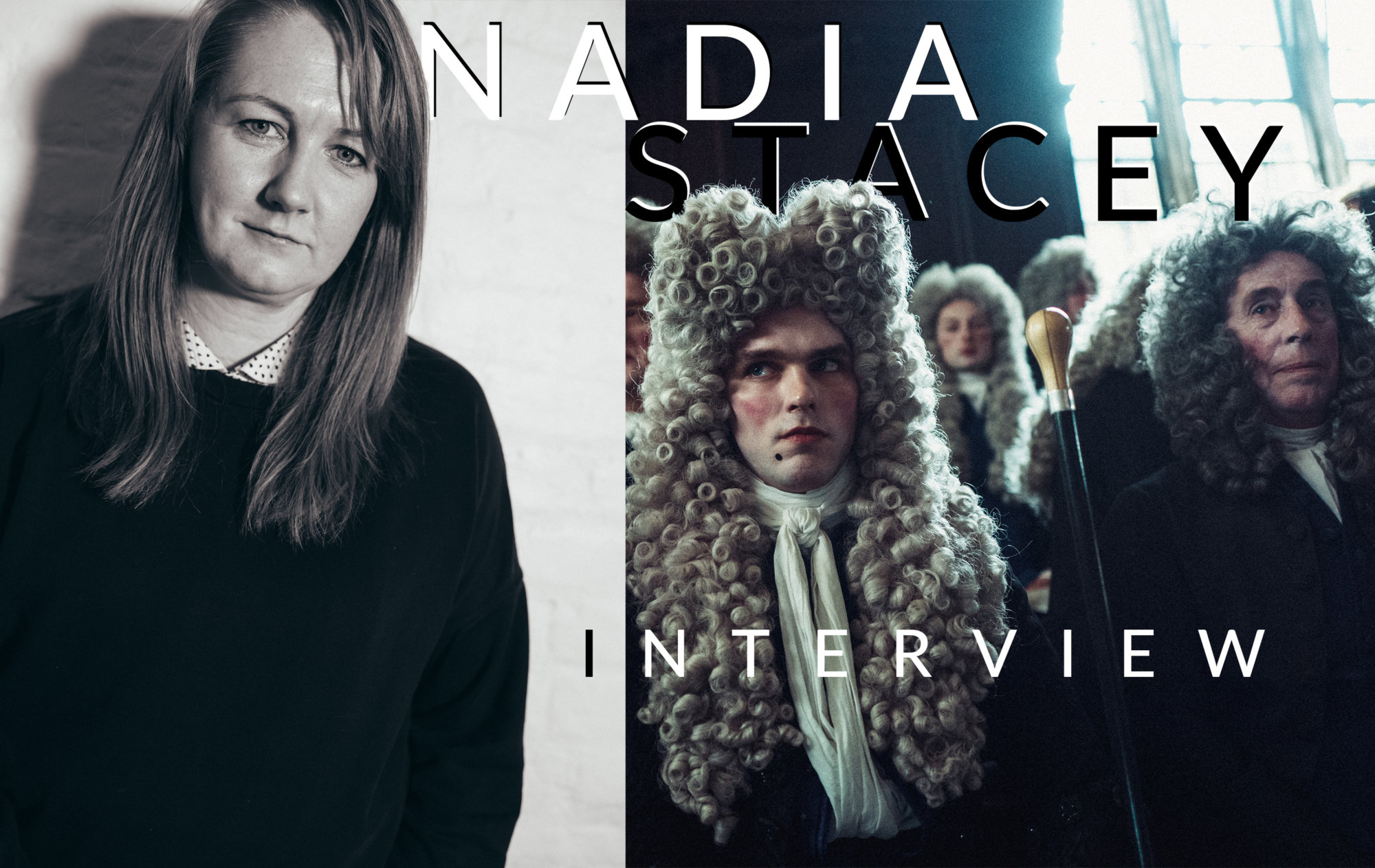
![Interview with Veronika Strotmann [Co-Founder of Yepoda]: ‘The Good Path for You’](https://www.theitalianreve.com/wp-content/uploads/2024/10/The_Dewy_Day_5-253x200.png)
